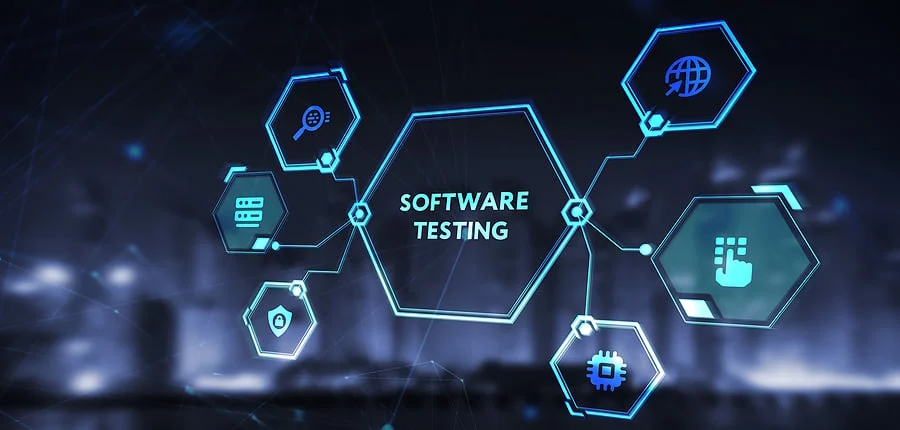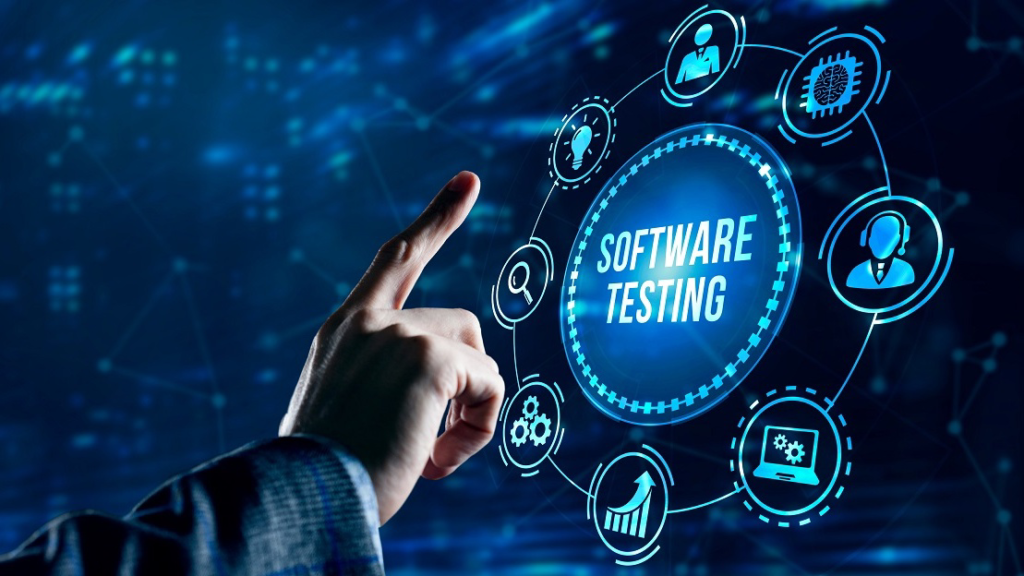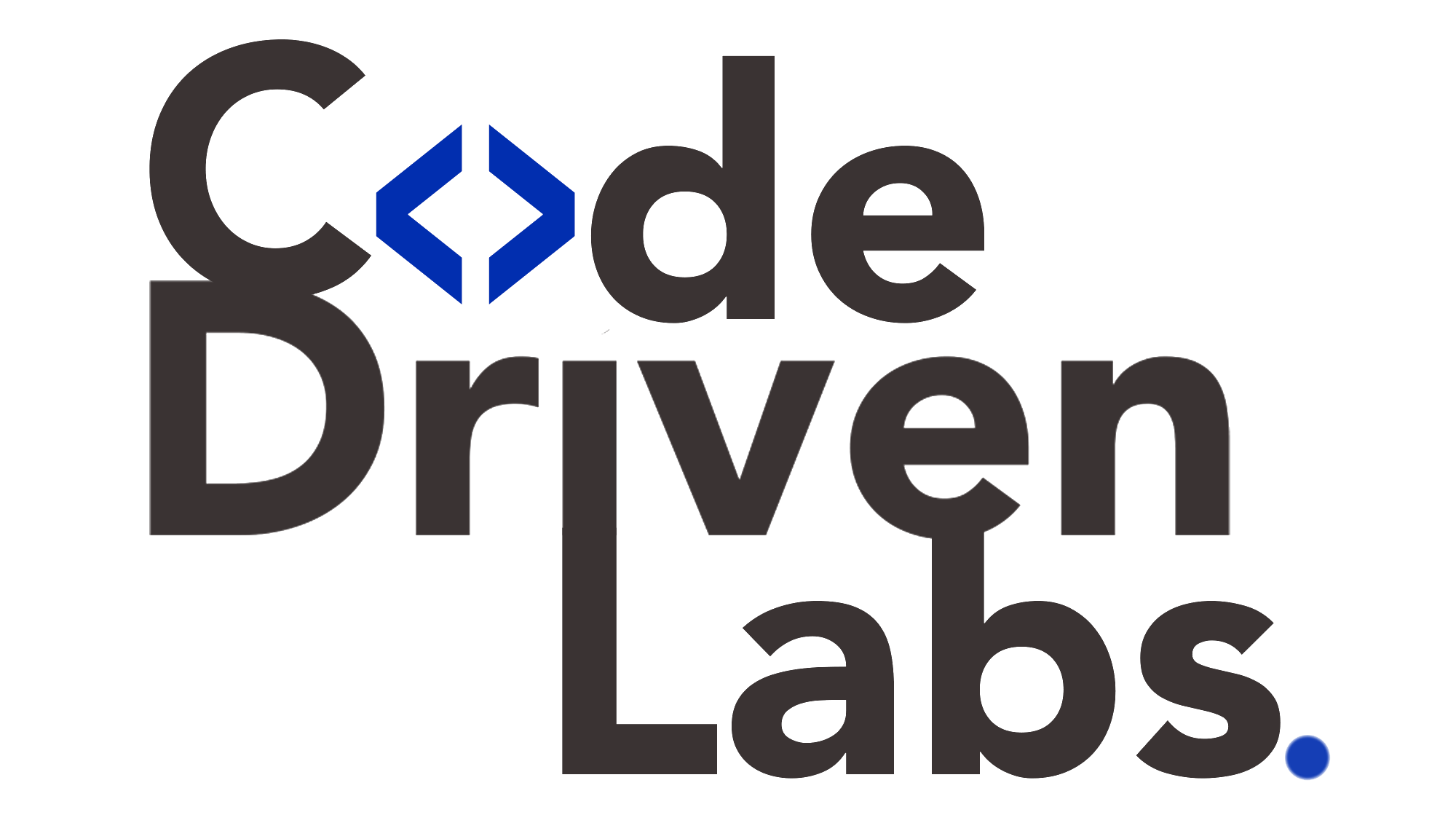Level up your business with US.
- Home
- The Future of Software Testing in 2025
The Future of Software Testing in 2025
July 14, 2025 - Blog
The Future of Software Testing in 2025
As software becomes more complex, fast-paced, and user-centric, traditional testing methods are struggling to keep up. In 2025, software testing is no longer a siloed activity performed after development. Instead, it is fully integrated into the DevOps lifecycle, powered by Artificial Intelligence, automation, and shift-left strategies.
The future of software testing is intelligent, continuous, and deeply embedded in every stage of development. Companies that modernize their testing practices today are building the foundation for faster releases, improved user experiences, and higher quality software.
In this blog, we explore the major trends shaping software testing in 2025 and how Code Driven Labs helps businesses adopt modern QA strategies for long-term success.

Key Trends Shaping the Future of Software Testing
1. AI-Powered Test Automation
AI is transforming how test cases are written, maintained, and executed. Instead of manually scripting tests, AI-powered tools can now:
-
Generate test cases from user stories or UI interactions
-
Detect patterns in bug reports and usage logs
-
Automatically update or repair broken tests after code changes
-
Prioritize tests based on risk prediction and usage patterns
Tools like Testim, Functionize, and Applitools are leading this AI revolution, enabling faster and smarter QA cycles with less human intervention.
2. Shift-Left and Shift-Right Testing
The traditional waterfall model is long gone. In 2025:
-
Shift-left testing pushes QA activities earlier in the development cycle—starting from design and planning phases. This helps detect defects early and reduce costs.
-
Shift-right testing focuses on post-deployment testing using real-time user feedback, performance monitoring, and chaos testing to ensure resilience and quality in production.
Together, they enable continuous quality assurance—from ideation to real-world user experience.
3. Codeless and Low-Code Testing
The demand for agility and speed has made codeless testing platforms popular. These platforms allow QA teams to create automated tests using visual interfaces or natural language, eliminating the need for deep programming expertise.
This trend democratizes testing by enabling:
-
Non-technical team members to contribute to QA
-
Faster test creation and maintenance
-
Enhanced collaboration between developers, testers, and product managers
4. Hyperautomation and CI/CD Integration
Modern software teams are embracing hyperautomation—the integration of automated testing into every part of the CI/CD pipeline. This means:
-
Every pull request triggers automated unit, integration, and UI tests
-
Tests run across different environments (mobile, web, API) simultaneously
-
Failures trigger immediate alerts and rollback procedures
Hyperautomation ensures that bugs are caught instantly and code quality remains high at all times.
5. Test Environments in the Cloud
Maintaining local test environments is becoming obsolete. In 2025, teams are adopting cloud-based test environments that allow:
-
Scalable, on-demand infrastructure for running parallel tests
-
Real device testing for mobile apps across global regions
-
Seamless integration with version control and CI tools
Cloud testing also supports geolocation, network throttling, and device simulation, offering a more accurate reflection of real-world conditions.
6. Quality Engineering Over Quality Assurance
The role of testers is evolving into quality engineers who:
-
Work closely with developers throughout the SDLC
-
Design robust testing strategies and pipelines
-
Implement observability, security, and performance testing
-
Use data to continuously improve product quality
In short, testers are no longer just gatekeepers; they are enablers of agile innovation.
The Future Is Now: Challenges Ahead
While the future of testing is exciting, companies face challenges such as:
-
Integrating new tools without disrupting existing workflows
-
Training teams to work with AI-powered and codeless platforms
-
Maintaining test coverage across rapidly changing codebases
-
Ensuring secure and compliant testing practices
To overcome these hurdles, businesses need expert guidance—and that’s where Code Driven Labs comes in.
How Code Driven Labs Helps You Modernize Software Testing
Code Driven Labs is a leading DevOps and software innovation partner that helps companies build scalable, automated, and intelligent testing systems tailored to their needs.
Here’s how they support your QA evolution in 2025:
1. QA Strategy and Tool Selection
Code Driven Labs conducts an in-depth analysis of your development process and product goals. Based on this, they recommend:
-
The best testing frameworks and platforms (e.g., Playwright, Cypress, Selenium, Testim)
-
AI-powered tools for automation and bug prediction
-
Cloud-based device testing services for mobile and cross-browser compatibility
They ensure tools are scalable, secure, and align with your CI/CD workflows.
2. End-to-End Automation
From unit and integration testing to regression and UI testing, Code Driven Labs automates it all. They help you:
-
Build reusable, modular test scripts
-
Integrate test cases into Git-based pipelines
-
Set up dashboards for real-time test monitoring and reporting
This reduces testing time and ensures consistent, high-quality releases.
3. AI-Enhanced Testing Workflows
Code Driven Labs integrates AI-based systems to help:
-
Auto-generate test cases
-
Prioritize tests based on risk analysis
-
Maintain test suites automatically after code changes
These intelligent workflows enhance productivity and reduce manual QA effort significantly.
4. Cloud-Based Testing Infrastructure
They help you migrate your test environments to the cloud, using services like:
-
BrowserStack or Sauce Labs for real device testing
-
Docker and Kubernetes for scalable test containers
-
AWS or Azure for dynamic staging environments
This supports global testing, improves collaboration, and reduces infrastructure costs.
5. Performance, Security, and Usability Testing
Quality is not just about bugs. Code Driven Labs helps you test for:
-
Load handling and scalability under real traffic
-
Security vulnerabilities with automated scans and penetration testing
-
Usability metrics and visual testing for better user experiences
This holistic approach ensures your product performs well in the real world.
6. Training and QA Transformation
Modern testing requires a shift in mindset. Code Driven Labs offers:
-
Hands-on workshops for developers and testers
-
Internal QA playbooks and documentation
-
Best practice guidelines for AI-powered and codeless platforms
They help your teams become agile, proactive, and future-ready.

Final Thoughts
The future of software testing in 2025 is not just about finding bugs — it’s about building quality into the software from day one. With AI, automation, and integrated workflows, testing is becoming faster, smarter, and more aligned with business goals.
Whether you’re a startup scaling fast or an enterprise modernizing legacy systems, staying ahead in testing means embracing new tools and strategies.
Code Driven Labs makes this transformation smooth, strategic, and impactful. Their end-to-end QA solutions, automation expertise, and AI integrations ensure you’re ready for the demands of tomorrow’s software landscape.
